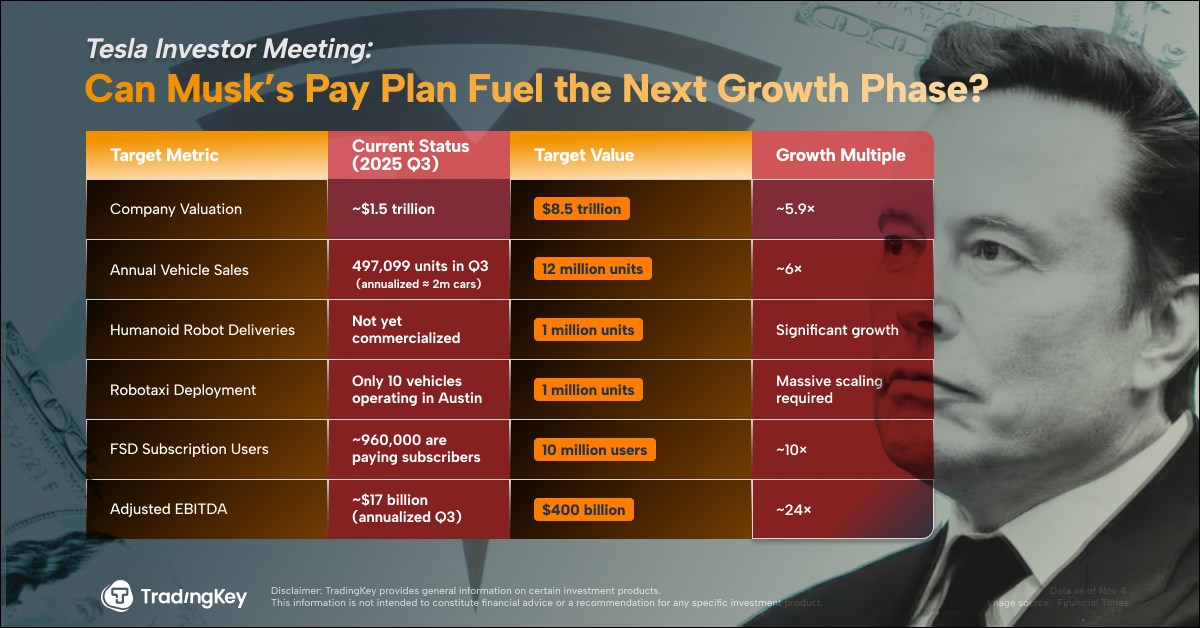I'm Not Counting on Social Security COLAs to Carry Me Through Retirement. Here's What I'm Doing to Combat Inflation Instead

Social Security provides critical income for American retirees -- some 68 million of them at last count -- delivering about 30% of income for those aged 66 or older. And then there's this, from the Social Security Administration (SSA): "Among Social Security beneficiaries age 65 and older, 12% of men and 15% of women rely on Social Security for 90% or more of their income."
Here's a look at Social Security benefits, its cost of living adjustments (COLAs), and why I'm not counting on the program to be my main support in the future.

Image source: Getty Images.
Social Security and the latest COLA
Here are some things to know:
- As of August, the average Social Security retirement benefit was only $1,920 per month, or about $23,000 per year.
- Of course, if your earnings have been above average, your benefits will also be above average -- though probably not as much as you might want.
- You can get a good estimate of your future benefits by setting up a my Social Security account at the SSA website.
- The COLA for 2025 was announced recently, and it's just 2.5% -- down a bit from 2024's increase of 3.2% and down a lot from 2022's 8.7% increase, as inflation has receded.
Why I'm not counting on Social Security too much
There are multiple ways to increase your Social Security benefits, such as by delaying when you claim them. (For a majority of people, the best age to claim benefits will be 70.)
But even those enhanced payments will still likely not be enough. For me, they definitely won't be sufficient. If my monthly benefit is $3,000, that will only be $36,000 annually. If it's closer to $3,600, that will only amount to about $42,000 annually. I will need more.
So while I will welcome all the Social Security benefits I can get -- and I very much appreciate that they'll be increased in most years via COLAs, which help their buying power keep up with inflation -- I'm not planning on Social Security being my primary income source in retirement. The benefits just won't be large enough.
Social Security is facing challenges
You may have run across headlines suggesting that Social Security is running out of money soon. That's not quite correct, but the program is facing challenges. For many decades, Social Security took in more money each year from payroll taxes on workers than it paid out to beneficiaries. This created a surplus.
The ratio of ratio of workers to beneficiaries has been shrinking, though, so that surplus has been shrinking. According to the 2024 Annual Report of the Board of Trustees of the Federal Old-Age and Survivors Insurance and Disability Insurance trust fund, "reserves will be depleted in 2035."
If Congress does nothing between now and then to shore up the program, the trustees estimate that come 2035, benefit cuts will be unavoidable. In that case, beneficiaries will receive only about 83% of what they would otherwise be due. So retirees won't be suddenly getting no Social Security benefits, but those benefits will shrink.
Fortunately, there are lots of ways to fix this problem -- if Congress takes action. I'm hoping for that, and believe there's a good chance that it will happen, since so many people rely so heavily on Social Security. But I'm not counting on it.
I'm setting up multiple income streams for retirement
So what am I doing? Well, I've been saving and investing for retirement for several decades now, and I'm aiming to have multiple income streams in my future. Among them:
- Dividend-paying stocks: I've been shifting the mix in my stock portfolio to feature more dividend payers, so each year, I'm collecting more dividend income. I'm trying to build this stream to a good size. This strategy could work for you, too. If, for example, you have, say, $300,000 invested in stocks with an average dividend yield of 4%, you're looking at $12,000 in annual income, or about $1,000 per month. Better still, that income stream should grow over time as companies hike their payouts, and collecting it requires no selling of shares.
- Growth stocks: My growing stock portfolio is another source of income, as I can always shave off a portion each year.
- Retirement accounts: Over the years, I've made use of various tax-advantaged retirement accounts such as IRAs and 401(k)s. Some of them feature required minimum distributions (RMDs) that I'll have to take annually, but each of my accounts will provide me with more resources in retirement.
I may also spend a chunk of my assets to buy a fixed annuity -- essentially, an insurance contract that distributes regular payouts for the life of the policyholder. If times get tight, I might also look into a reverse mortgage.
I'm planning for retirement -- are you?
As you have probably figured out by now, I've been doing a lot of planning for retirement -- and that's something you should do, too. We all need to figure out how much money we'll need in retirement -- and how we'll get it. Don't leave matters to chance, and recognize that Social Security will probably not provide you with enough for the retirement you want.
The $22,924 Social Security bonus most retirees completely overlook
If you're like most Americans, you're a few years (or more) behind on your retirement savings. But a handful of little-known "Social Security secrets" could help ensure a boost in your retirement income. For example: one easy trick could pay you as much as $22,924 more... each year! Once you learn how to maximize your Social Security benefits, we think you could retire confidently with the peace of mind we're all after. Simply click here to discover how to learn more about these strategies.
View the "Social Security secrets" »
The Motley Fool has a disclosure policy.







